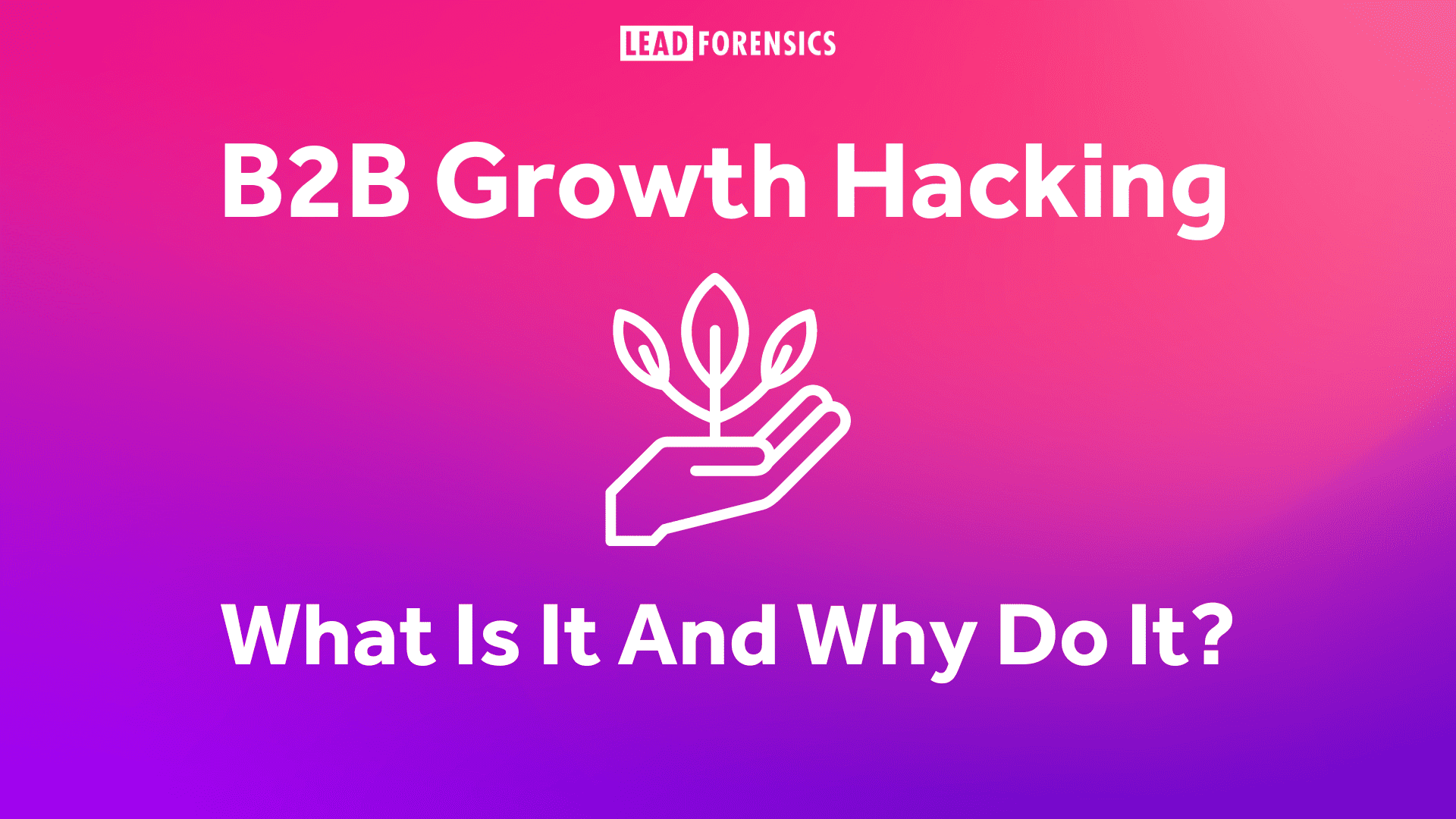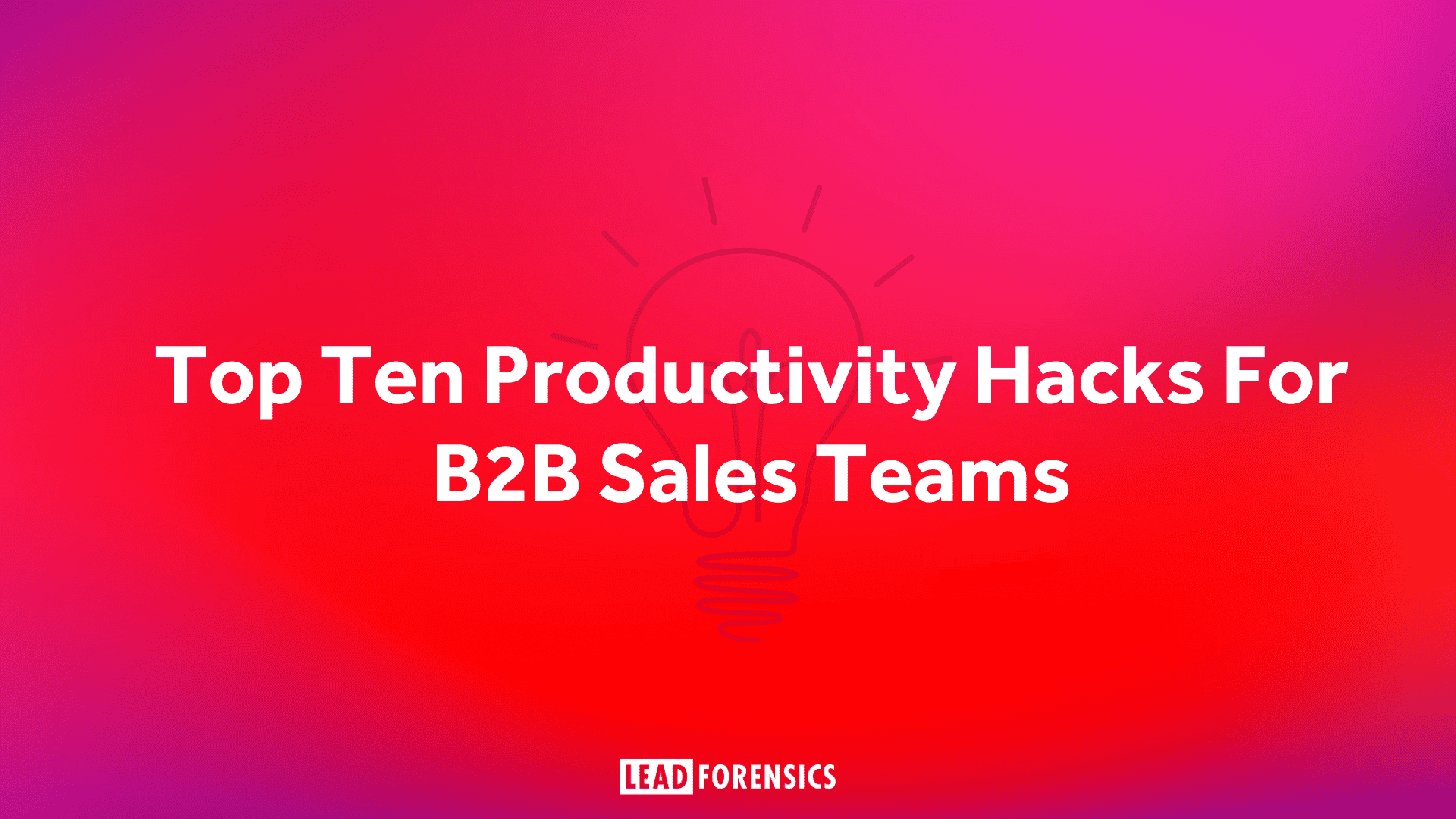Staying ahead of the curve by employing growth hacking strategies is one way to do this and it’s an idea that’s taken off.
Here we’re going to take a closer look at what it’s all about. We’ll be covering the ‘must-have’ growth hacking ingredients as well as specific hacks that could help you achieve your growth ambitions. Plus everything you need to think about when it comes to growing your business.
What Is Growth Hacking?
The term growth hacking was first coined by Sean Illies, Chief Exec of GrowthHackers.com and the marketer behind several successful tech giants, including Dropbox, Lookout, and LogMeIn.
The concept is summed up neatly by Darrah Baustein in entrepreneur.com, who says: “Growth-hacking is the act of accelerating the growth of a brand, service or product through the use of metrics and creative, innovative marketing strategies and state-of-the-art technology. It entails bypassing traditional approaches and streamlining growth.”
In basic terms, it’s about forming a team of people who will focus aggressively on growth, while worrying less about the usual restraints that marketers face (such as budgets, deadlines, etc.) They will aim purely to get the business fired up and hit the big numbers.
While growth hacking has a lot to do with marketing, it isn’t solely about that. The best growth hackers will be skilled in a range of areas. They need to be part business development, part salesperson, part marketer, and part project manager, all rolled into one.
It takes a deep understanding of an individual business and its practices if growth hacking is to work. Most importantly, there needs to be a drive and hunger to succeed.
Growth hackers will spend their time finding and optimizing strategies for growth that will make the company highly successful and bring it in front of the public, media, and potential investors.
It’s a strategy often used with start-ups but established B2B companies can profit from it just as much, even if only applying growth hacking strategies to a new product, rather than the entire business.
Dropbox is one example of a company that has used well-executed growth hacks to build a huge customer base in just a short space of time. So too is Hotmail, who added a simple line to their emails “…get your free email at Hotmail” and saw their product go viral and quickly spread.
What Areas Are Impacted By Growth Hacking?
Generally, these business areas are the ones that need to be involved in any kind of growth strategy:
- Marketing
- Product
- UX/UI
- Analytics
- Business development
- Productivity
Effective growth hackers need to know about all these areas and how they may be improved upon. They need to invest time in bringing everyone together around the table, to extract the best and most valuable insights from each of them.
When done successfully, growth hacking is more of an attitude than a group of standalone tactics. Making it work is about being open to taking measured risks. Yes, failing can be hard, but lessons can be learned and you’ll move forward even stronger.
No business will hit on a 100% winning strategy straightaway. This will come as knowledge and experience increase, and through the tracking and analysis of results.
Top Pointers on Getting Started
Embrace Failure
Playing it safe is not a bad option, but in today’s cutthroat marketplace, you need to be constantly evaluating, re-investing, and looking forward, with a focus on what’s working and what’s not.
For example, if the growth of AI (artificial intelligence) may disrupt your current business model, then you need to anticipate this early and find alternative ways to grow.
Embracing failure is not just something you have to do, it’s something established businesses to do, to stay competitive. Failure can be a fast and steep learning curve, but as long as you don’t go too crazy and bet away the entire business, any losses should be manageable and the gains potentially huge.
Choose a Subset of Existing Customers To Grow From
Start by taking a specific area of your business and running different campaigns around it. Become a master in A/B testing and learn quickly what works and what doesn’t for that specific segment. Then, as a next step, start to broaden your approach.
Be Data Driven
Data and information rule everything these days. There is no way around using data to inform your decisions and shape the future. Know where you’re going to get it from, store it, and how you could use it moving forward.
Include Product Development
Involve the product development team within your growth hacking team. Build a feedback loop that takes information from the outside world straight to the development team. That way you’ll be developing products your customers want.
Become a Master of Remarketing
Remarketing, or retargeting as it’s often known, is a tactic that works across all industries and business types. In simple terms, it means when somebody visits your website they’ll then see your adverts on other sites they go to. Give it a go and see what results you get.
Setting Up Growth Hacking For Success
Focusing on growth alone isn’t the secret to being successful. There are always going to be several factors at play, which will influence what’s happening.
Trying to push a product that is a bad fit for the market, is simply doomed for failure. So, start by asking yourself – is your product really what the market wants? If not, then you need to work on it before you do anything else.
The product also needs to be scalable – i.e. something that can grow and increase in numbers quickly. Service-based products are generally easy to scale up, whereas physical ones can be a little more challenging. That’s not to say it can’t work, just that different approaches and planning may be needed.
Before embarking on a growth hacking journey, it’s always a good idea to do a SWOT analysis, to figure out what’s what.
Get everyone from the various teams (product development, marketing, customer services, sales, etc.) to meet up and brainstorm ideas together. You may be pleasantly surprised by how many ideas your employees come up with when it comes to growing a particular product or market segment.
Remember, growth hacking is foremost an attitude change. Give the right people the right tools and they’ll go far.
The ‘Must-Have’ Growth Hacking Ingredients
Content
Growth hacking is about having great content. Blogs and vlogs should form part of your strategy, along with an aggressive content marketing plan. We’re now part of a world that’s driven by an increasing demand for information. The amount being consumed every day is staggering. So, to grow quickly you constantly need to be adding lots of good content.
Guest Blogging
As well as driving an audience to your blog, make sure you are taking advantage of others who already have an established audience. Find the ones who are a great fit for your business. Offer them high-quality and exclusive content. Everyone is looking for content, so if you pitch a good story that ticks all their boxes, then you’ll be on to a winner and your exposure will increase.
Personal Branding
Who’s behind the brand? What’s the company all about?
Tesla and Apple are great examples of companies that have very public faces. Their CEOs are out there acting as great, highly visible, brand ambassadors.
It isn’t necessarily the CEO who needs to be in the spotlight. Various people at a company can and should show their face, and use personal branding techniques to help get the word out.
An easy way to do this is to engage in online forums and on platforms where people communicate – such as LinkedIn groups, Facebook groups, Quora, etc.
Building a personal authority around your expertise and knowledge is easy with these tools. You’ve just got to invest your time in doing so – and aggressively if you want to grow quickly.
The easiest way to build a personal brand is to create your social profiles, engage actively in the various communities, be approachable and helpful, and reach out to people.
Email List
Your contact database will always be your most valuable asset, no matter what the nature of your business may be. Build up your list, nurture it, and add to it on an ongoing basis. Network on and offline, and spend time nurturing your existing contacts. If you’re doing nothing with your existing list, that’s one huge missed opportunity.
Analytics – Know Your Numbers
Growth hacking without measuring or understanding what’s going on, is a waste of time. You need to know your numbers and the story they are telling you.
Becoming a data and numbers junkie is all part of being a growth hacker. You constantly need to look at things like key performance indicators (KPIs), viral coefficients, multivariate testing, CACs, LTVs, and whatever else is key in your field. More than simply looking at Google Analytics is required.
Accelerated growth can only happen in tandem with looking at the numbers and how they are developing over time. Knowing why something works – or why it doesn’t – is key here.
Some Specific B2B Growth Hacking Ideas
Every business is different and you need to find the best growth hacks for your circumstances. Don’t be afraid to get creative – in fact, you need to be. It’s about being visible, disruptive, and going for it 100%.
Here are some ideas to get you started…
Develop a Free Tool
Tools related to analysis or reporting can work well. For example, in the early days of HubSpot, the platform offered a marketing grader tool and that saw its database grow extremely fast. Find something that has the potential to bring in big numbers, then fine-tune your funnel with a qualifying mechanism to filter out the golden nuggets.
Add a “Powered By” Message
If you develop a standalone app or some other kind of tool or gadget that’s useful for a broad audience, then brand it up and make sure you get your name seen.
Repurpose Your Content
If you’ve spent hours writing a killer eBook, then make the most of it! Give it to a designer so it looks amazing, but don’t stop there. Think how else you could use the information.
Extract the key points and create a presentation that you can upload to SlideShare. Embed it on your website and you’ll make your content reach even wider. Or perhaps create a mini video series, based on the contents of your eBook. Many people prefer to watch a short video than read something, so give them the choice. It’s about getting the most out of your content.
Be a Master On Linkedin
For B2B businesses, there is no greater online network than LinkedIn. Do detailed segmentation of your target groups and make sure you know and understand them. Where will you find them? How can you best engage with them?
Personalize your content based on the segmentation you have done. The more you can divide up your database, the more personalized you can make things, and the better your results will be. Conversions and target rates will increase because prospects feel fully understood.
Include Video
When it comes to content, video is a huge deal. There is a reason why online platforms are increasing what they offer in this area, Facebook Live being one example. A well-crafted video can also be very powerful, as long as its content is focused on the user (not the business). Organizing interesting events and letting an online audience take part is another great growth strategy that B2Bs often don’t make the most of.
Learn the Art of Storytelling
This will help you with any kind of marketing strategy you go for, but for enhanced growth it’s essential. Tell stories and do it well.
More Specific Hacks to Consider
Connect with Influencers
See who already has an audience that fits with your messages and contact them. Be friendly and helpful. See where there may be potential for you to collaborate and form a valuable partnership. One example of this hack in action is PayPal. In the early days, they found a great partner in eBay. They got to piggyback with them and ended up having their logo shown alongside established credit card brands.
Understand the Needs of New and Existing Customers
What is your onboarding process like? There’s often huge potential for improvement here, to make the process better, faster, and more effective. In turn, that will all aid positive word of mouth, which remains the best marketing there is. For businesses offering a service, rather than a product, a lot can be achieved if you make it clear what it’s going to be like working with you and what it will involve.
Narrow Down your Target Audience from the Beginning
When you’re just starting, think about who may be the early adopters. Who are they and where can you find them? You need to get them on board to start spreading the word. But the messaging to them will need to be quite different from the messaging you use later on, for your broader audience. Know who you need to talk to and when.
Actively Encourage Feedback
Start asking and answering questions from existing customers and potential prospects. Use these answers to make your product even better. If you don’t have a product yet, set up a one-page website and put it out into the world. Ask questions and collate your answers, this will also help you start growing your database.
Consider Using a Freemium Model
Start-ups in particular can do well following a freemium model. This is where you give it all away for free, then make money from specialist or premium services. This allows people to test out your product, get hooked on it, and have confidence in it, before going on to use a paid-for option.
Go Viral
When it comes to growth hacking, word of mouth is about more than just going viral with a campaign. It’s about finding ways to make your product inherently viral. Skype, Dropbox, and Facebook are all examples of products that work better the more people use them. Those that do will naturally encourage others to follow their lead.
For this to happen, it needs to be easy for people to share your product. Also, think about developing a special refer-a-friend style campaign.
A growth hacker should understand our digitally-driven world and constantly be thinking about ways to go viral with everything they do.










